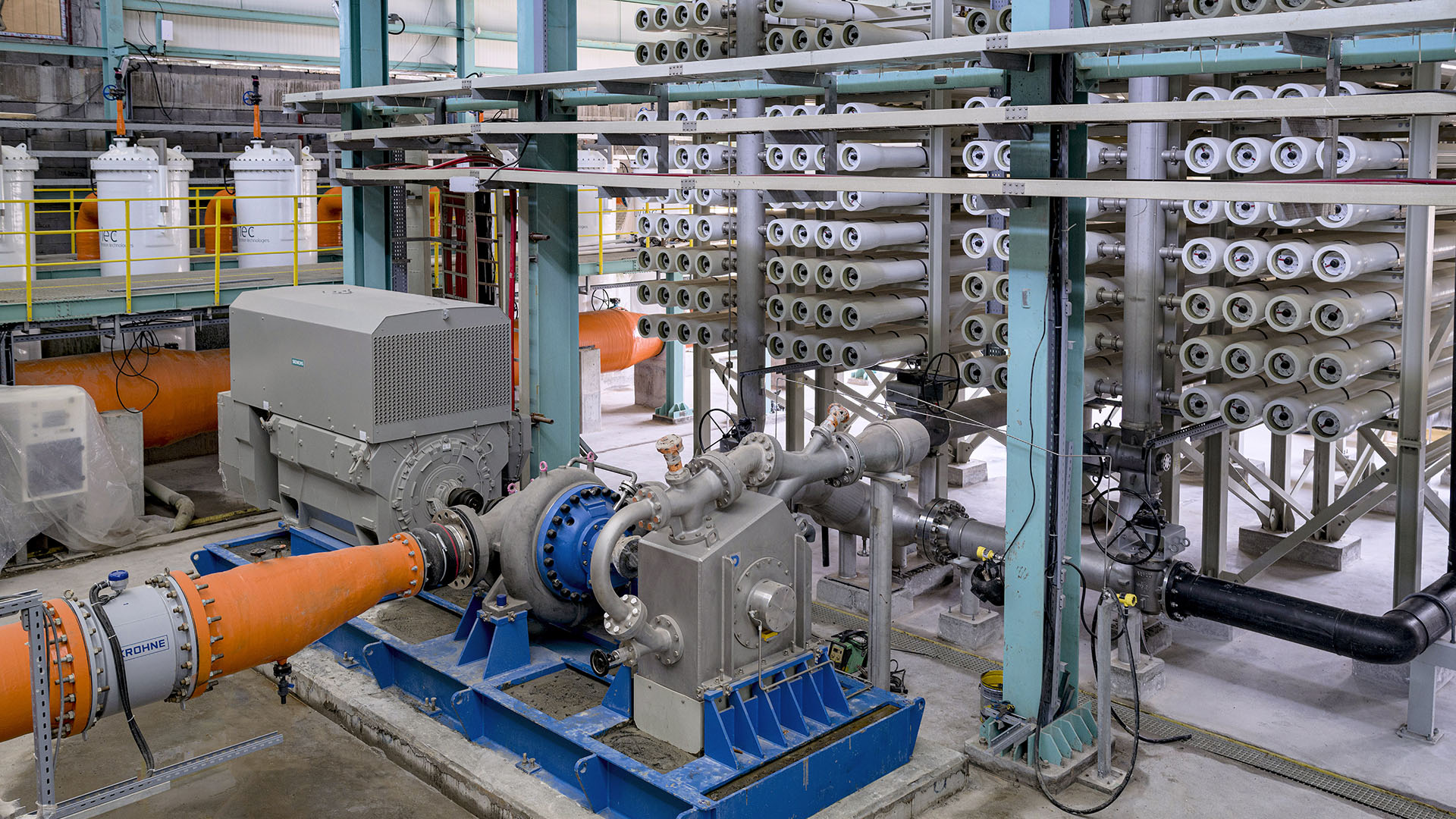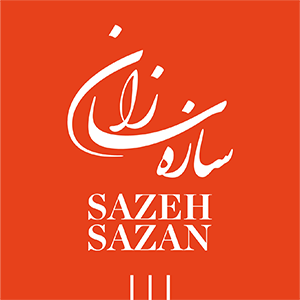
Persian Gulf water desalination is the beginning of water supply to the country's mining industry
- Super User
- En-News
The project to transfer water from the Persian Gulf to Sirjan, Sarcheshmeh copper in Rafsanjan (Golgohar) and Chadormalu in Yazd has been discussed for years, and finally, two years ago, the implementation of this mega project began in earnest. The implementation of pipelines is underway with significant progress and according to the latest information received, about 86% has been operated to transfer water to Sirjan. There will also be in Rafsanjan. Another benefit of this unique project will be the injection of part of this water into groundwater aquifers and balancing this area.
This will significantly help improve agriculture and irrigate pistachio orchards in the region. According to the plan, in the first phase, dewatering will be done from the Persian Gulf, and then desalination will be carried out from the Bandar Abbas desalination site and transfer by pumping stations and transmission lines to Sirjan, Sarcheshmeh Copper and Yazd Chadormalu.
Prosperity of the country's mining industry by supplying and transporting fresh water from the Persian Gulf
Mines are dependent on water resources and considering that the eastern and southeastern regions of Iran are one of the mineral hubs, the management of water resources is very important for the government and the government to boost production as well as advance development programs. Due to the drought and rising demand in the drinking and agricultural sectors, the situation of surface and groundwater in the southern provinces of the country, including Hormozgan, Kerman and Yazd, is in poor condition, providing water resources is on the agenda of the government and the Ministry of Energy. In this regard, and after several years of waiting, in 1996, the first phase of the 100,000 cubic meter desalination plant in Bandar Abbas with a capacity of 20,000 cubic meters per day was put into operation, and the second phase with a capacity of 20,000 cubic meters in July. This year, it entered the orbit by the order of the president.
The project, which aims to desalinate and transfer 150 million cubic meters of Persian Gulf water to the industries of Kerman and Yazd provinces, is being carried out in three phases. Which will eventually prevent land subsidence in the country.
On the other hand, until now, the water required for the copper industry was supplied from groundwater and current water, which with the decrease of groundwater level and reduced rainfall, has seriously faced production in the current capacity and development plans and there is no other way but to use new resources. There is no water supply. Although the cost of water produced and transported is high, it is a sustainable and cost-effective source for industry. Also, due to water poverty and drought in the Central Plateau regions of Iran and the existence of a significant number of mines in the mentioned areas, water transfer and supply will lead to prosperity in these strategic and export-oriented industries, especially during the oil embargo.
Water transfer to Sirjan, Golgohar region, Sarcheshmeh (Kerman province), Yazd and Chadormalu
According to the project information, the destination will be the first water transmission line from the Persian Gulf, Sirjan city and Golgohar region, and then it will enter the source and finally reach Yazd and Chadormalu. This 900 km project is the beginning of water supply to the mining industry from the sea. Also, the water transmission line from the Persian Gulf has eleven transmission stations, seven of which are located in Golgohar area. The Persian Gulf water in this project will be pumped from the sea level to an altitude of 2400 meters and will be located at an altitude of 1750 meters in Golgohar area. With the start of operation of this project, 180 million cubic meters of fresh water will enter Kerman province, which after allocating and supplying water to Golgohar Industries and the National Copper Company, 30 million cubic meters will be considered to supply drinking water to the province.


